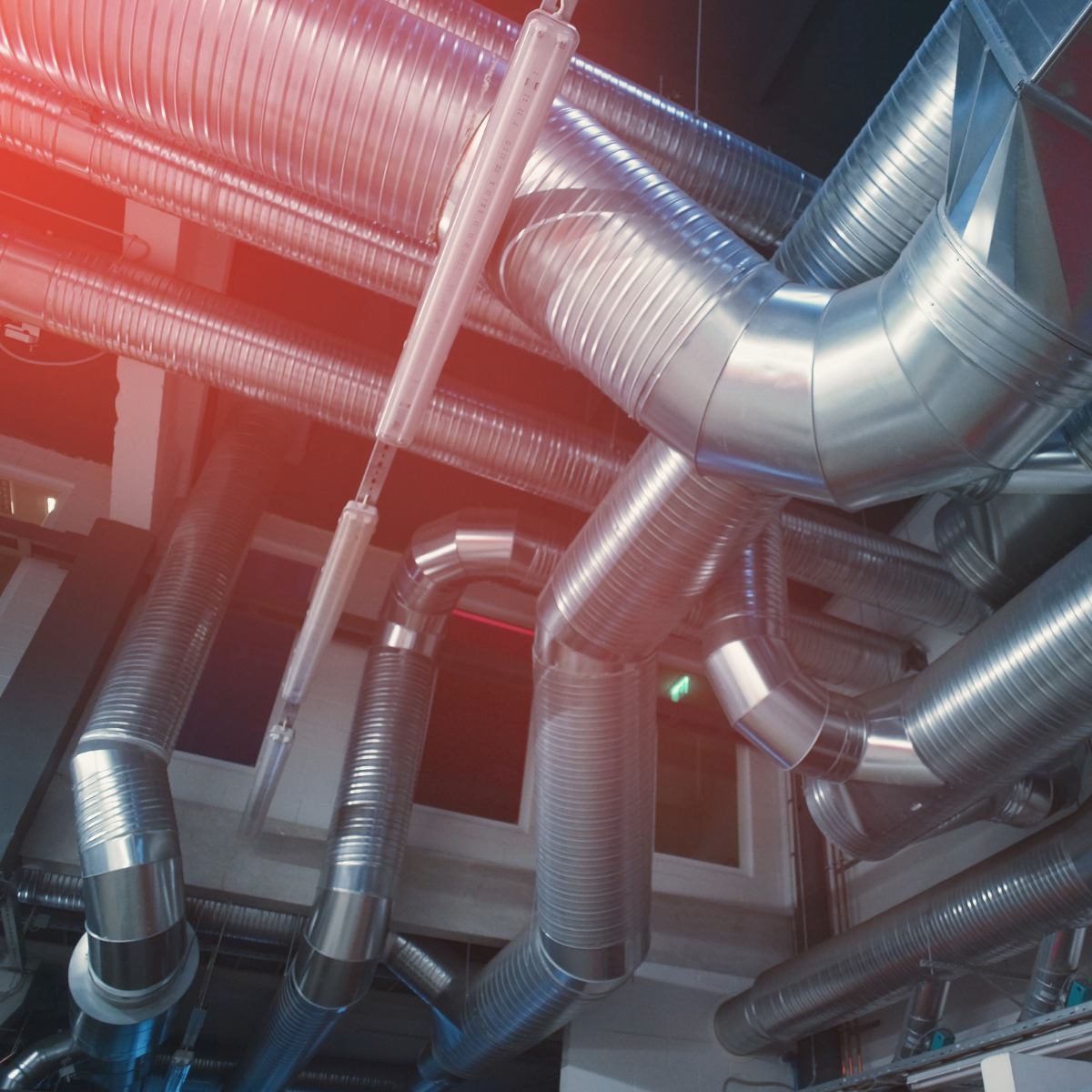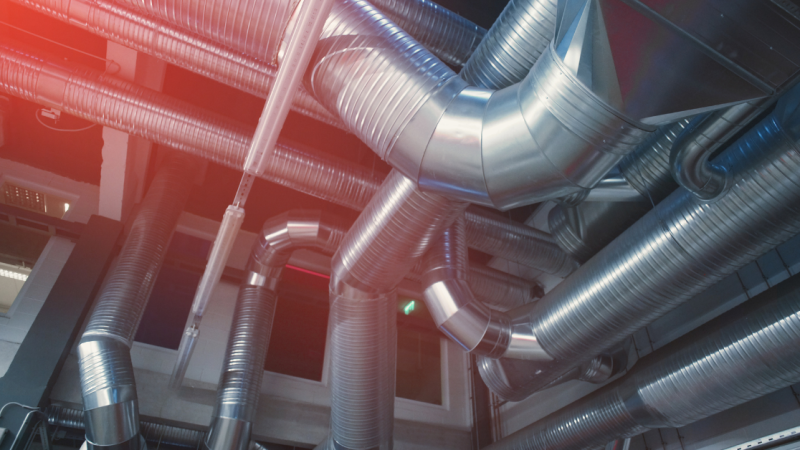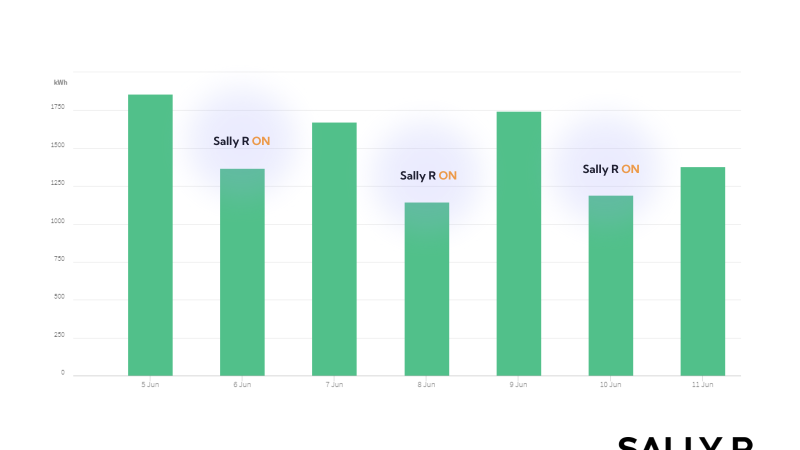Ventilation systems have something to tell you.
They don’t measure air quality, spend too much energy and are notoriously difficult to adapt. Here are seven questions you should ask your provider, to uncover the truth.
We want you to be able to make an informed decision about ventilation systems. Do you know how to choose a system that saves spending on energy, protects your tenants and cuts cost on maintenance? If not, you should keep reading this guide on sniffing out a good ventilation system from a bad one.
Most of our lives are spent indoors.
The air we breathe indoors is affected by old beliefs and outdated technology. But most of all, it is affected by our lack of knowledge of exactly what it is we are breathing in. We spend most of our lives indoors without ever thinking about the quality of the air we breathe. We think being indoors can help protect us from the big, bad world outside. But the World Health Organization estimates that there are four million deaths annually due to air pollution, and the air inside is generally five times more polluted than outside. Whether that is smoke, dust, bacteria and viruses, mould, or CO2, it all merges together as more and more people are in a building.
Breathing can seriously damage your health.
Poor indoor air quality has been linked to lung diseases, asthma, chronic obstructive pulmonary disease and even lung cancer. Not to mention an increased risk of heart disease and stroke. The effect is not noticeable straight away, so people ignore it. However, you will spend most of your life indoors and whatever you breathe in, will affect your health over time. You don’t even need to smoke for your lungs to be affected negatively. Particles from the air can collect, and clog your veins. Humans have a vested interest in knowing exactly what they’re breathing, which has yet to be addressed.
But rest assured, property developers and owners will face increased demand for quality assurance, Why? Health costs. The economic effects of ignoring air quality issues, over time, are increasing. According to a WHO study, in the EU, poor air quality is linked to 600,000 premature deaths and US$1.6 trillion in economic damages in 2010, which amounted to 10% of the region’s GDP. When society pays the bill for the lack of health and safety adherence, the result is naturally an increase in demand to prevent the cause from happening in the first place.
Bad air quality means lower productivity.
According to research from Harvard T.H. Chan School of Public Health, the air quality within an office can significantly impact employees’ cognitive functions. This includes response times and ability to focus, as well as affecting their productivity.
One does not simply open a window to fix this.
So how do you counteract this air pollution inside? Many of us have grown up thinking that the solution is simply opening a window. The fresh, clean air outside will surely be able to ventilate a stuffy room, right? Well, no and no. Not only is everything outside now on the inside too, but it’s also much colder. (Or warmer). But obviously, most buildings are too large for windows to be a realistic option. This is why we need ventilation systems. Over the years, there have been many technological advances in the ventilation of buildings. Ventilation has gradually improved energy performance and indoor air quality.
From scratch: How difficult can it be?
Let’s paint a picture of the challenge ventilation systems are meant to handle. In reality, it’s an intertwined set of variables. Change one and you will affect the others. It’s like a tower of escalating difficulties. From the bottom up: let’s say it was cold outside and you needed to compensate by turning up the temperature in the building. Two things happen. Thermal comfort improves due to the increased temperature. Your electricity bill, however, goes up. You could, in turn, try to reduce the energy spend, by decreasing the speed at which the air is circulated throughout the premises. In other words heating less air. .This however might have a big impact on your indoor air quality, causing the level of harmful gases to rise. To tackle this you might need to increase ventilation rates again, In other words, increasing the amount of energy spent on just pumping air. Air which is cold, remember. This means doing something to fix the problem, creates a loop of other problems. Most modern ventilation systems calculate the amount of air needed to “flush” a certain volume of air out of a certain amount of rooms – without measuring anything but the temperature. These “dumb” systems do not take into account the number of people actually breathing and what they are breathing.
The total number of variables a well functioning ventilation system should be able to adjust for:
- Temperature inside
- Temperature outside
- Carbon dioxide
- Volatile Organic Compounds
- Particles
- Humidity
- Occupancy data
Modern ventilation systems in buildings are not doing what they should.
From using bad air quality to using too much energy, they could be causing more harm than good. But why? HVAC (heating, ventilation, and air conditioning) systems are used to provide comfortable environmental conditions (temperature and humidity) and clean air indoors. But most of these climate control systems have not been updated to the latest technical standard. They can use too much energy, they don’t protect anyone from health hazards and are, overall, very difficult to maintain in the long-run.
Traditionally, HVAC systems are controlled by a parameter setting that your system will work towards no matter what. Every hour of each day, your system will try to achieve this goal regardless of other conditions or how effective it is or isn’t. In order to optimize the air quality, the system should always use the most energy-efficient solution that achieves the desired air quality. Time and occupancy parameters should be introduced so that the system achieves the best possible solution for the building and the people in it, regardless of time and circumstances.
Right now there is a shift in ventilation technology
Computers are being used to optimise these systems to further improve energy and air quality at the same time. Behind this opportunity lies other technological innovations such as cloud computing, sensor technology, and increased processing capabilities. It’s essential when designing a building, or updating an existing one, that there is adequate ventilation. Not only is it vital for making the building comfortable for every occupant, such as controlling the temperature and humidity, but it also controls indoor air quality for long-term health.
Most current ventilation systems are not optimized to this degree. They are controlled by a parameter setting that your system will work towards no matter what. Every hour of each day, your system will try to achieve this goal regardless of other conditions or how effective it is. But this means the system uses too much energy, and will rarely improve the air quality in the building.
There are many things that could be wrong with your current ventilation system that you could be overlooking. We have looked at the top seven so you can see exactly what you need to improve. Or you can find out what questions you could ask your current provider to get more value, or a better sense of what to do next. Read about that here.
Create a healthier, more optimized indoor environment and spend less time on outdated systems.











